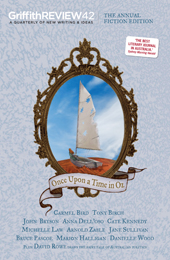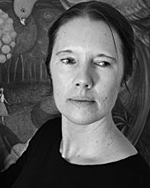Featured in

- Published 20131203
- ISBN: 9781922079992
- Extent: 264 pp
- Paperback (234 x 153mm), eBook


Already a subscriber? Sign in here
If you are an educator or student wishing to access content for study purposes please contact us at griffithreview@griffith.edu.au
Share article
About the author

Helen Hopcroft
Helen Hopcroft is an artist and writer.Her publication list includes Art Monthly Australia, Ceramic Art & Perception, the Australian, Sydney Morning Herald, 40°South Anthology...
More from this edition

Interview with
Cate Kennedy
InterviewCate Kennedy is a writer of fiction, non-fiction and poetry. Her most recent collection of stories, Like A House on Fire, was nominated for...

Interview with
Michelle Law
InterviewMichelle Law is a Brisbane writer whose work has appeared in Women of Letters (Penguin, 2011) Growing Up Asian in Australia (Black Inc, 2008),...

A touch of silk
MemoirDURING THE 1970s and '80s I taught meditation in a dozen or so countries throughout East Asia and the Pacific on behalf of my...